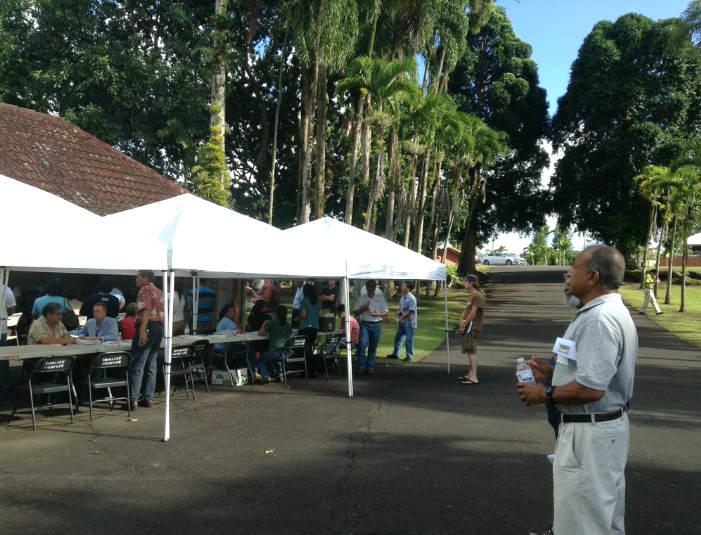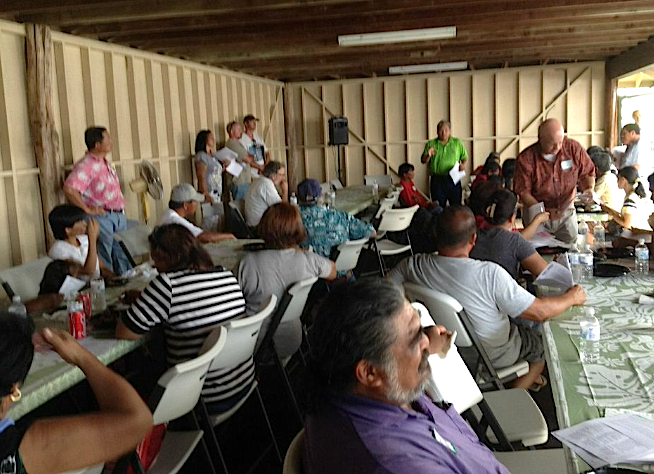Richard Ha writes:
Anthony Shelton, an international professor of entomology in the College of Agriculture and Life Sciences at Cornell University, has written a 12-part series on Hawaiian papaya (he calls it the "tragic papaya"), which he calls "collateral damage in the global debate on biotechnology."
I'm linking to the series here:
Hawaiian Papaya: Collateral Damage in the Global Debate on Biotechnology
Article placed online: March 19, 2015
Hawaii’s Big Island has banned or severely limited the farming of genetically engineered (GE or GM) crops, a papaya developed by a native Hawaiian to resist a devastating virus disease. The battle over GE crops and the law enacted in Hawaii is a microcosm of the global fight determining the future of GE crops.
This 12-part series by entomologist Anthony Shelton is the first comprehensive article about a genetically engineered crop, in this case, GE papaya in Hawaii. The story describes the virus disease outbreak, the development of virus-resistant GE papaya, small-scale farmers who adopted it, the emergence of the opposition and their takeover of the democratic process, the scientist who developed the technology, and the future of GE crops.
Click on chapters below to start reading the article:
1. Tropical hurricane ‘Anti-GE Papaya’ hits Hawaii
2. Storm victims, Ross Sibucao and other smallholder farmers
3. Enter Hawaiian papaya scientist, Dennis Gonsalves
4. BB guns, intellectual property and the road to commercialization
5. When local politics trumps science and farmers
6. The organized but ill-informed opposition
7. The hurricane gathers force
11. Path of destruction and collateral damage
13. Current update on the status of GM papaya in Hawaii
14. Photo Credits


